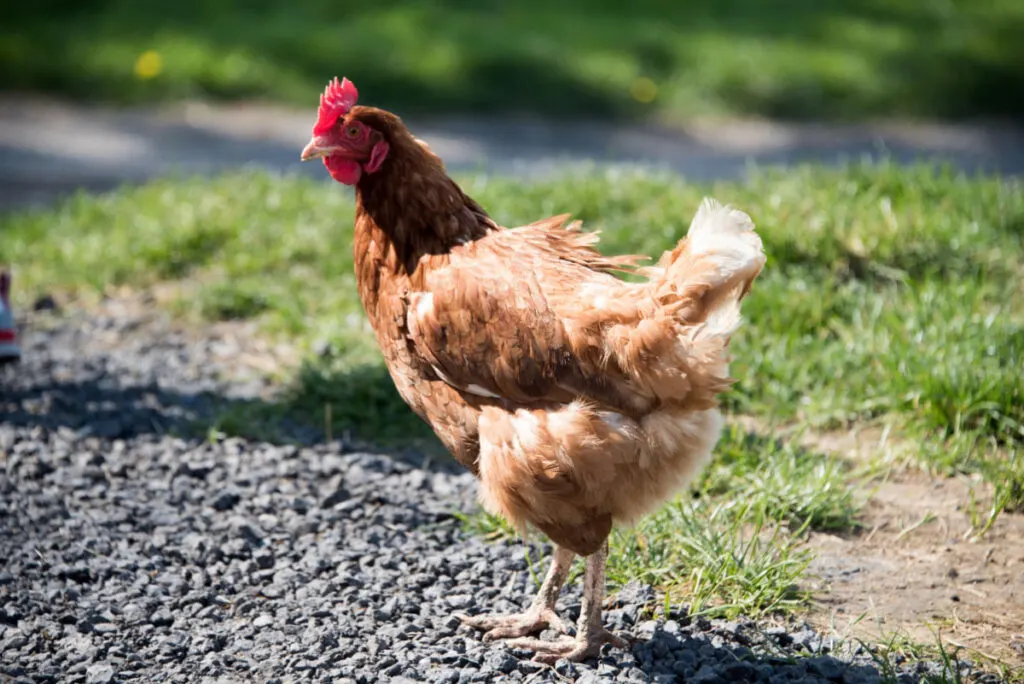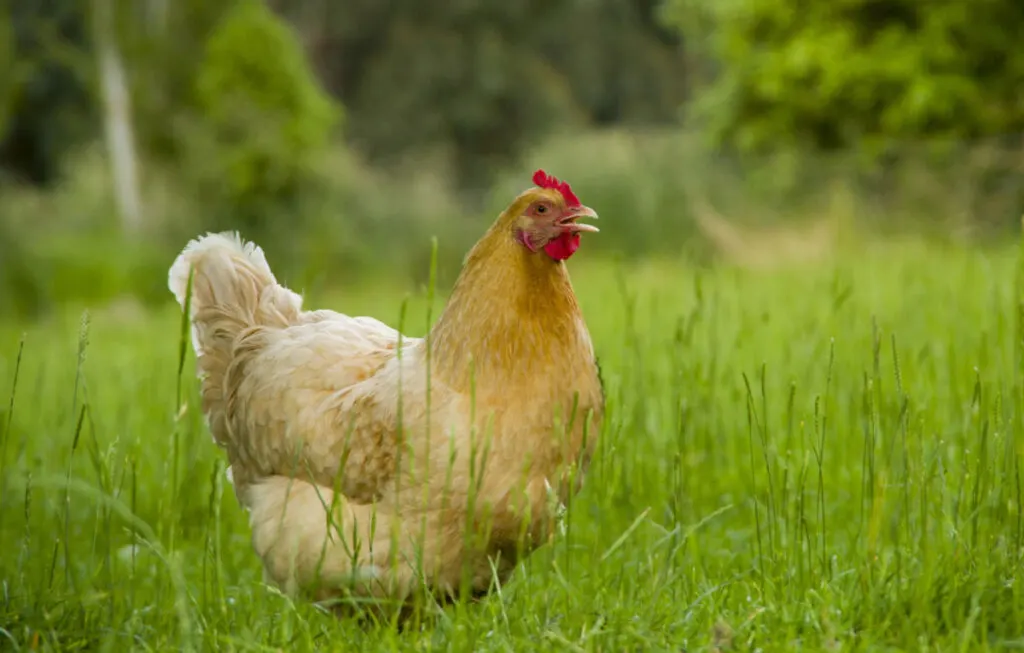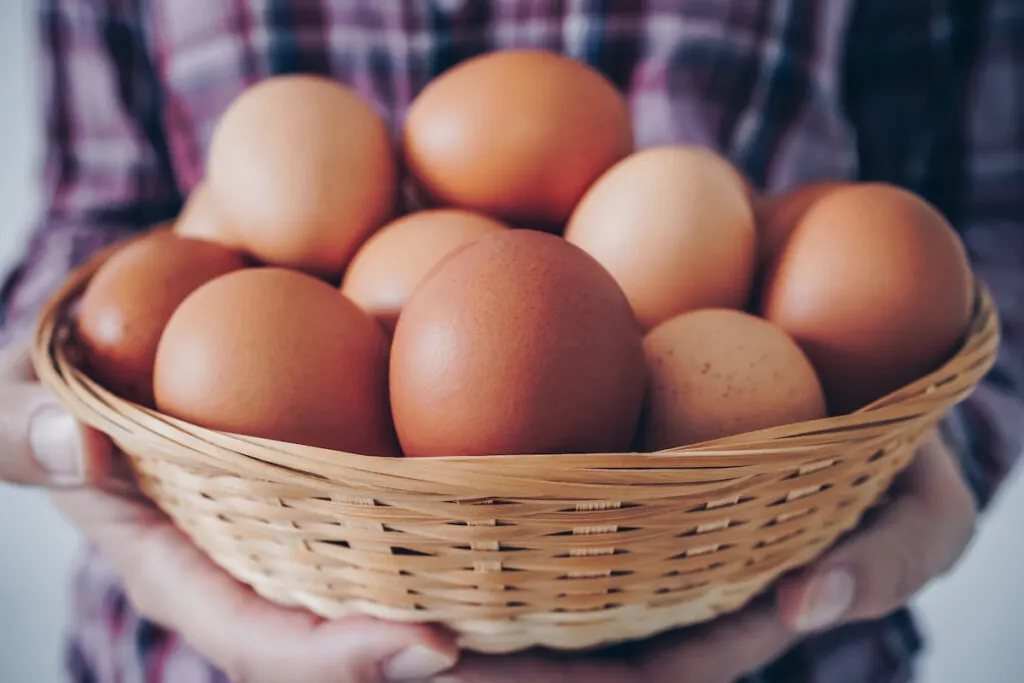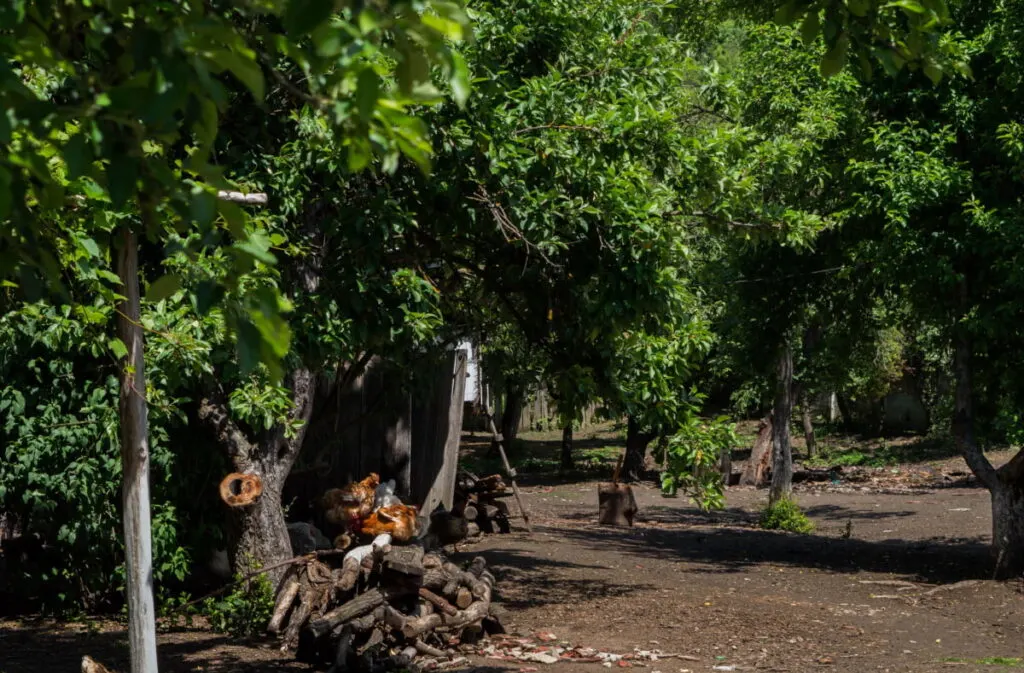The Catalana chicken breed has captured the attention of many chicken enthusiasts and breeders alike.
So, if you’re lucky enough to own a Catalana chicken, you can count yourself among the few who have the privilege of raising one of the rarest chicken breeds in the world.
The Catalana chicken is known for its striking appearance and hardiness in various climates. Also, this Spanish breed is one of the most unique, highly productive, and adaptable breeds you can add to your flock.
Read on to learn more about the origin, characteristics, egg-laying abilities, temperament, and other potentials of the Catalana chicken.

Table of Contents
History and Origin
The Catalana chicken breed is native to the Catalonia region of Barcelona, Spain and was first developed in the early 1900s.
The chicken got its name from Catalonia, its place of origin. It’s also identified as the “Prat,” which refers to the farming area, El Prat de Llobregat “El Prat”. This explains its Spanish name ‘Catalana del Prat Leonada.’
The breed was created by crossing local Spanish breeds with other species, primarily Asian stock (likely Cochins) mixed with Castilian chickens in the second half of the 19th century.
It was later introduced at the World’s Fair, in Madrid, Spain, in 1902.
The goal was to create a hardy, adaptable breed that could thrive in the region’s harsh climate.
Although initially, the breed was recognized in Canada and the United States, it attracted massive attention in Latin America in the 1920s.
Moreover, it became one of the most successful commercial birds in Argentina.
Due to its success, the breed was recognized and admitted to the APA standard of perfection in 1949.
However, the Livestock Conservancy lists the Catalana chicken’s status as ‘critical.’
The breed has shown some positive growth and progress recently and is no longer at risk of extinction.

Breed Standard and Appearance
The Catalana chicken is known for its striking and distinct features, which include the following:
Color
The unique coloration of the Catalana chicken gives it a stunning and eye-catching appearance.
This breed is typically buff (from light tan buff to a reddish-gold buff) with a black tail and a green sheen.
Catalana chickens have red combs, white earlobes, horn-colored beaks, and pinkish-to-white skin. Their eyes are reddish, legs grayish, and they have medium to large red wattles.
The comb is large and upright on males but is medium-sized and flops over on females.
The rooster’s combs have six upright points, with the middle points being taller than the front and rear points. For most Catalan hens, only the front point is upright.
You can also tell male from female by the appearance of their sickles, hackles, and feathers.
The sickles of the male have an iridescent green sheen. Also, their back, saddle feathers, and hackles are reddish buff.
Chicks can sometimes be differentiated by the faint chipmunk pattern along their backs.
Size
The Catalana chicken is a medium- to large-sized breed.
According to the American Standard of Perfection, the ideal weight for a male Catalana chicken is between 7-8 pounds, while a healthy female weighs between 5-6 pounds.
In addition to their weight, Catalana chickens are also known for their overall body size.
They have a broad, muscular build with a long, sloping back. Their legs are strong and sturdy, ranking them high in domestic fowls raised for quality meat.

Egg Production
Catalana chickens are great layers. These chickens can lay up to 250 eggs per year, averaging 4 to 5 eggs a week. The eggs are medium sized to large and are white or light pink.
Catalana chickens are also known for their early maturation. They begin laying eggs at a younger age than many other breeds.
This makes them a popular choice among backyard chicken keepers and small-scale farmers looking for a reliable source of fresh eggs.
Broodiness
The Catalana chicken breed is non-broody. They are less likely to sit on their eggs and hatch them, making them a practical choice for egg-laying purposes.
This trait makes them easier to manage in a backyard setting, as they are less likely to become aggressive or territorial during the breeding season.
However, an incubator can greatly help if you want to hatch the eggs.
Temperament
This breed is known to be shy, independent, active, and flighty. They won’t come running to you for attention or affection. In fact, they excel at avoiding human contact.
This doesn’t imply they are aggressive or mean-spirited. Instead, they are not interested in being petted as they are foragers.
The behavior is likely due to their history as a free-range breed. As a result, they developed a strong sense of independence and self-sufficiency.
These chickens are excellent at finding their own food, which makes them ideal for free-range environments.
So, if you are a backyard chicken keeper, the breed can work for you.
Ideal Climate
The Catalana chicken can thrive in a variety of climates.
Since the breed is native to the Catalonia region of Spain, which has a Mediterranean climate with hot, warm summers and mild, wet winters, they are best suited for an environment similar to their place of origin.
Catalana chickens can handle the heat well in warmer climates if they have access to shade and plenty of fresh water.
In colder climates, they have a thick coat of feathers that help them stay warm, but they may require additional protection from frostbite, especially their wattles and combs.
Using Sweeter Heaters in your roosting barns can help you prevent such issues if you live in areas with low temperatures.
Life Span
Catalana chickens are generally healthy birds that can live for 5 to 8 years or even longer if they are provided with good living conditions.
They are resistant to many common poultry diseases and do not require much special care or attention.
As long as they have access to clean water, nutritious food, and a safe, secure place to roost at night, Catalanas can live long, healthy lives.
Overall, these birds are an excellent choice for anyone looking for a hardy, low-maintenance breed that can thrive in a variety of settings.

Noise Level
Catalanas are not known as a particularly noisy breed. However, there will always be noise if you keep roosters in your flock for protection and fertile eggs for hatching.
Roosters are naturally vocal creatures, and crowing is a part of their behavior. Their noise level can range from moderate to high, depending on the context.
While it’s impossible to eliminate their noise, there are ways to reduce it.
One method is to provide a comfortable and spacious living area for the flock, as their vocalizations can increase when excited, stressed, or uncomfortable.
Where To Buy
When purchasing these beautiful birds, the best place to start is by searching for local poultry breeders or hatcheries specializing in rare or heritage breeds.
Sand Hill Preservation Center can be a good place to make your order. You can get the buff Catalana chicks at $6 per chick.
Another option is to attend poultry shows and auctions, where you can meet breeders and see the birds in person. You can check out the following clubs and organizations:
With some research, you can find various poultry farmers offering Catalana chicks and hatching eggs at a fair price.
Make sure to choose a seller who prioritizes their birds’ health and well-being and provides clear information on the breed’s characteristics and care requirements.
